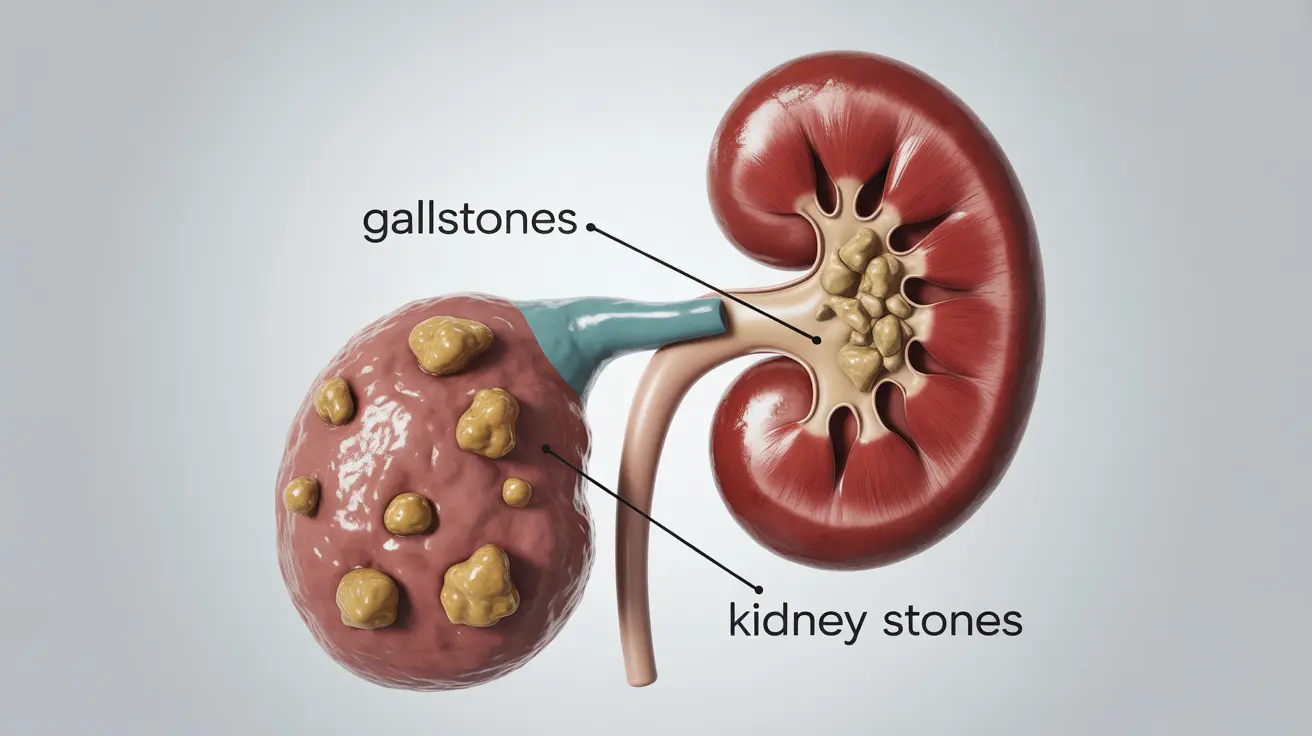For many women using hormone replacement therapy (HRT), understanding the relationship between progesterone and blood clots is crucial for making informed healthcare decisions. While HRT can effectively manage menopausal symptoms, certain forms of administration may carry increased risks that deserve careful consideration.
This comprehensive guide explores the connection between progesterone-containing hormone therapies and blood clot formation, helping you understand the risks and available options for safer hormone replacement.
Understanding Progesterone and Blood Clotting Risk
Progesterone, whether natural or synthetic, plays a complex role in blood clotting mechanisms. When taken orally, progesterone undergoes first-pass metabolism through the liver, which can trigger changes in blood coagulation factors and potentially increase the risk of blood clots.
Research has shown that different types of progesterone and various delivery methods can significantly impact clotting risk. Synthetic progestins, in particular, may carry a higher risk compared to bioidentical progesterone.
Delivery Methods and Their Impact on Clotting Risk
Oral Tablets
Oral HRT tablets containing progesterone typically carry the highest risk of blood clots due to their processing through the liver. This route of administration can lead to increased production of clotting factors and other proteins that affect blood coagulation.
Transdermal Options
Transdermal delivery methods, such as patches and gels, bypass the liver's first-pass metabolism, potentially reducing the risk of blood clots. These alternatives may be particularly beneficial for women with existing cardiovascular risk factors.
Risk Factors and Prevention Strategies
Who's at Higher Risk?
Several factors can increase your vulnerability to blood clots while using progesterone-containing HRT:
- Previous history of blood clots
- Obesity
- Smoking
- Advanced age
- Extended periods of immobility
- Certain genetic conditions
Preventive Measures
To minimize blood clot risk while using hormone therapy, consider these important steps:
- Regular physical activity
- Maintaining a healthy weight
- Staying well-hydrated
- Avoiding long periods of immobility
- Working closely with your healthcare provider for monitoring
Alternative Treatment Options
For women with high blood clot risk factors, several alternatives to traditional HRT may be worth considering:
- Local estrogen treatments
- Non-hormonal medications for specific symptoms
- Lifestyle modifications
- Natural remedies (under medical supervision)
Frequently Asked Questions
What are the risks of blood clots associated with hormone replacement therapy (HRT) tablets?
Oral HRT tablets can increase blood clot risk due to their processing through the liver, which affects clotting factors. The risk is particularly elevated during the first year of treatment and with higher doses.
How does progesterone affect the risk of blood clots in women using HRT?
Progesterone can influence blood clotting mechanisms, particularly when taken orally. Synthetic progestins typically carry a higher risk than bioidentical progesterone, and the risk varies based on the delivery method used.
What are the differences in blood clot risk between oral HRT tablets and transdermal patches or gels?
Transdermal methods generally carry a lower risk of blood clots compared to oral tablets because they bypass first-pass liver metabolism. Studies show that patches and gels may be safer options for women concerned about clotting risks.
Is it safe to use HRT if I have a history of blood clots or other cardiovascular issues?
Women with a history of blood clots should exercise extreme caution with HRT and consult their healthcare provider. Alternative treatments or modified hormone therapy approaches may be necessary based on individual risk factors.
How can I reduce my risk of blood clots while using hormone replacement therapy?
Risk reduction strategies include choosing lower-risk delivery methods like patches or gels, maintaining regular physical activity, staying hydrated, avoiding prolonged immobility, and working closely with your healthcare provider for proper monitoring.




